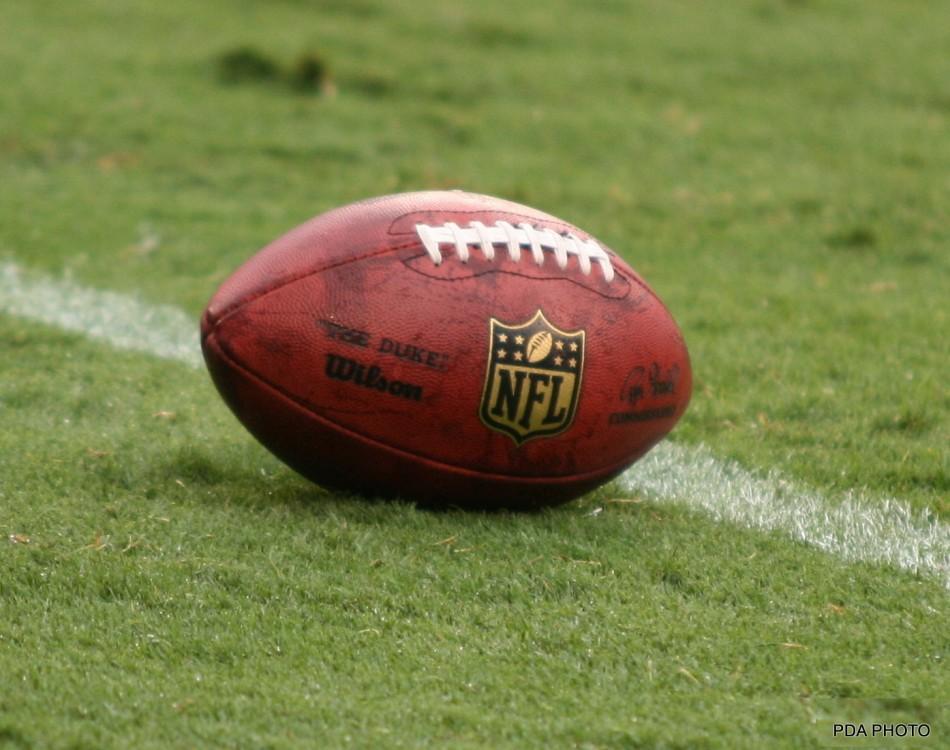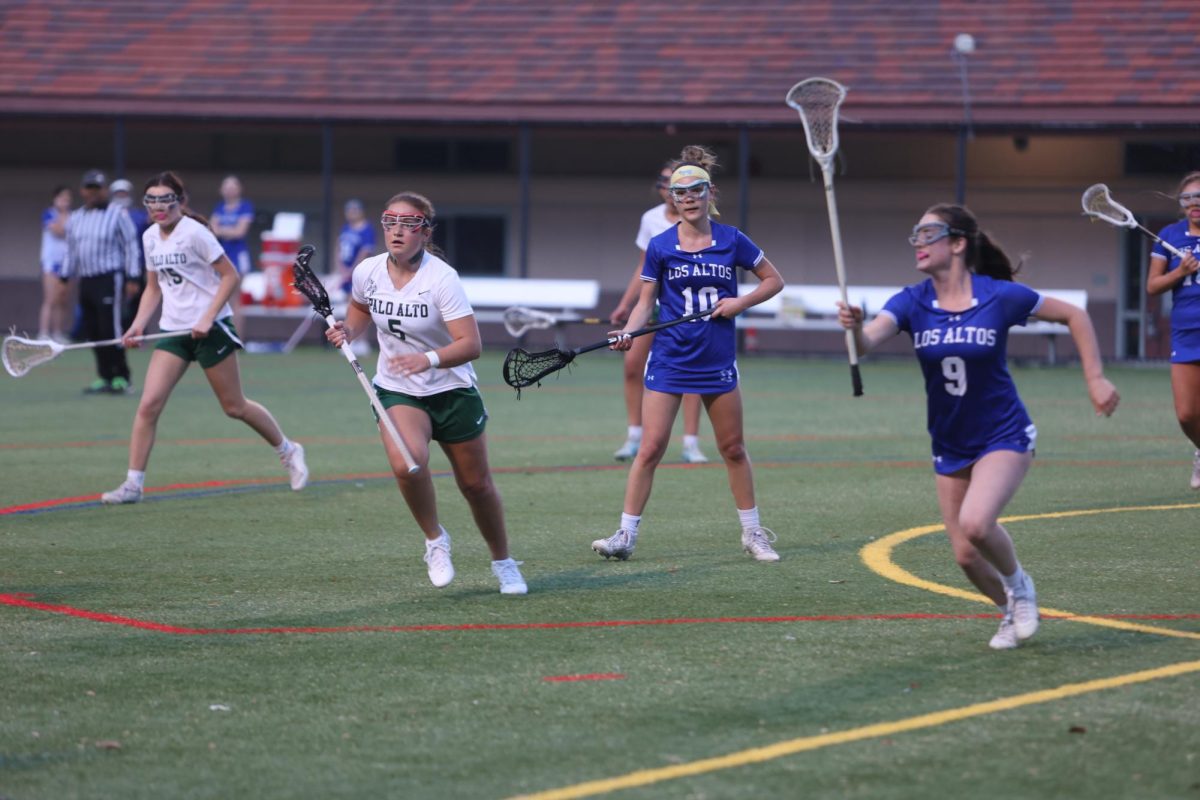10 things to know before your fantasy football draft
August 28, 2014
It’s that time of year again, when millions of people across the United States get ready for one of the best parts about the NFL: fantasy football. From casual fans playing in a league with their school or work buddies to the fantasy football savants who wage huge bets on their team’s success, fantasy football is a national pastime in the making. This fall, The Viking‘s Isaac Kasevich takes you through 10 surefire draft strategies to help you win your league and ensure bragging rights over your friends for the next year. The first 5 points are general draft truths, while the last 5 are a summary of his draft strategy.
1. Go into your draft with a plan
In this column, I’ll present you with my basic draft strategy, which you can take or leave. However, if you enter your draft room without any plan for how you are going to attack the 16 round mayhem that is a fantasy draft, you’ll come away unhappy with your team. Whether you are a quarterback-first drafter or a running back/wide receiver guy like me, it is important to know what type of player you will be targeting in each round.
2. Practice makes perfect. Do some mock drafts
This one is pretty self explanatory. No matter what task you are undertaking, the more you practice at that task, the better you will get at it. Ergo, the more mock drafts you do in preparation for your actual draft, the more you will like the team you will end up with.
3. Don’t be set on drafting (or not drafting) a player
Winning your fantasy football league means crushing your draft, and crushing your draft means maximizing value with every pick you make. No computer program or mock draft can predict exactly how your contemporaries will draft in the real thing. Therefore, it is imperative to go into your draft knowing that there will be players who are drafted ahead of their draft ranking and those who fall past their draft ranking. If you go into the draft thinking that there is one player you have to have or one that there is no way you will draft, you’ll probably end up overdrafting or missing out on a quality sleeper. Especially early in the draft, not loving a player means waiting a round or two, not forgoing him altogether.
4. Position scarcity is a real thing, and you should consider it when drafting
Again, in a draft, its all about maximizing value. Be sure to consider the relative strength of each position in your draft prep. The reason that running backs typically go early and quarterbacks typically go later is because the top running backs are worth much more versus average running backs than the top quarterbacks are worth versus average quarterbacks. If a position is super deep, you can probably wait longer in the draft to grab a viable starter.
5. Don’t let anyone influence you mid-draft
A common mistake that rookie drafters make is panicking and selecting a player that they don’t really want. This is why draft prep is crucial. Players who you were targeting may have already been selected by the time your picks roll around, meaning you’ll have to improvise. Whatever the situation, don’t allow a fellow drafter to convince you of anything in the heat of the draft, because they have every incentive to steer you wrong. Stick to your guns.
#6-10 represent my personal draft strategy. Heed it or ignore it, just know that I’m right.
6. Come away with a running back and wide receiver after the first two rounds
The easiest (and best) way to construct your roster is to start with a stud at both running back and wide receiver, the two most important positions in fantasy football. If you pick in the top half of the draft (#1-5 in a standard league), you should probably go with a running back in the first and a receiver in the second. That’s just where the value lines up for those draft slots. If you pick in the bottom half of the draft, chances are things will line up for you to draft a receiver in the first and a back in the second.
7. You can – and should – wait on quarterbacks
With the vast improvements in passing around the NFL, there is currently no deeper position than quarterback. The studs at running back are much more valuable than the studs at quarterback because the average running back is much worse than the average quarterback. For example, the best quarterbacks in 2013 (excluding Peyton Manning’s record breaking year) only scored about 2 points more per week than a fringe starter (10th ranked quarterback), whereas the best running backs (excluding Jamaal Charles’ ridiculous 2013 campaign) scored 5 more points than a fringe RB1 and 8 more per week than a fringe RB2. It’s better to load up on running back and receiver in the early rounds and grab one of those average signal callers – like Tony Romo or Tom Brady – late.
8. Be one of the first or last people to draft a tight end
Tight end is a really weird position in 2014 drafts. There are three stud players – Jimmy Graham, Rob Gronkowski and Julius Thomas – who should all be drafted in the top three rounds, and lots of run-of-the-mill players who will average 6 or 7 points per week. If you miss out on one of the top guys, the best bet is to wait until late in the draft to fill your TE slot.
9. Defenses should stay in the 2nd to last round
Every year, there is that guy who drafts the Seahawks defense in the 7th round. There is no doubt that it is a benefit to have the top defensive unit, but the opportunity cost of spending a mid round pick on a defense outweighs the benefits. If you take a defense early, you miss the chance to draft a solid player who can help you out during bye weeks or even become a regular starter. Most good drafters obey the rule of waiting until the 3rd to last round, and preferably the 2nd to last round, to select a D/ST.
10. Your kicker is the last player you draft. Period.
If you were to ask yourself, “Self, which position can find the most starting-caliber players of on the waiver-wire mid season?” That’s right. Kickers. According to ESPN, the average number of kickers owned per roster at any given point during the season was 1.1. That’s 11 kickers on rosters, 19 not on rosters. If you can pick up a replacement kicker at any time, why on earth would you waste anything but a 16th round pick on one? If you’re thinking about drafting a kicker before the last round of the draft, stop. Your kicker is the last player you draft. Period.










